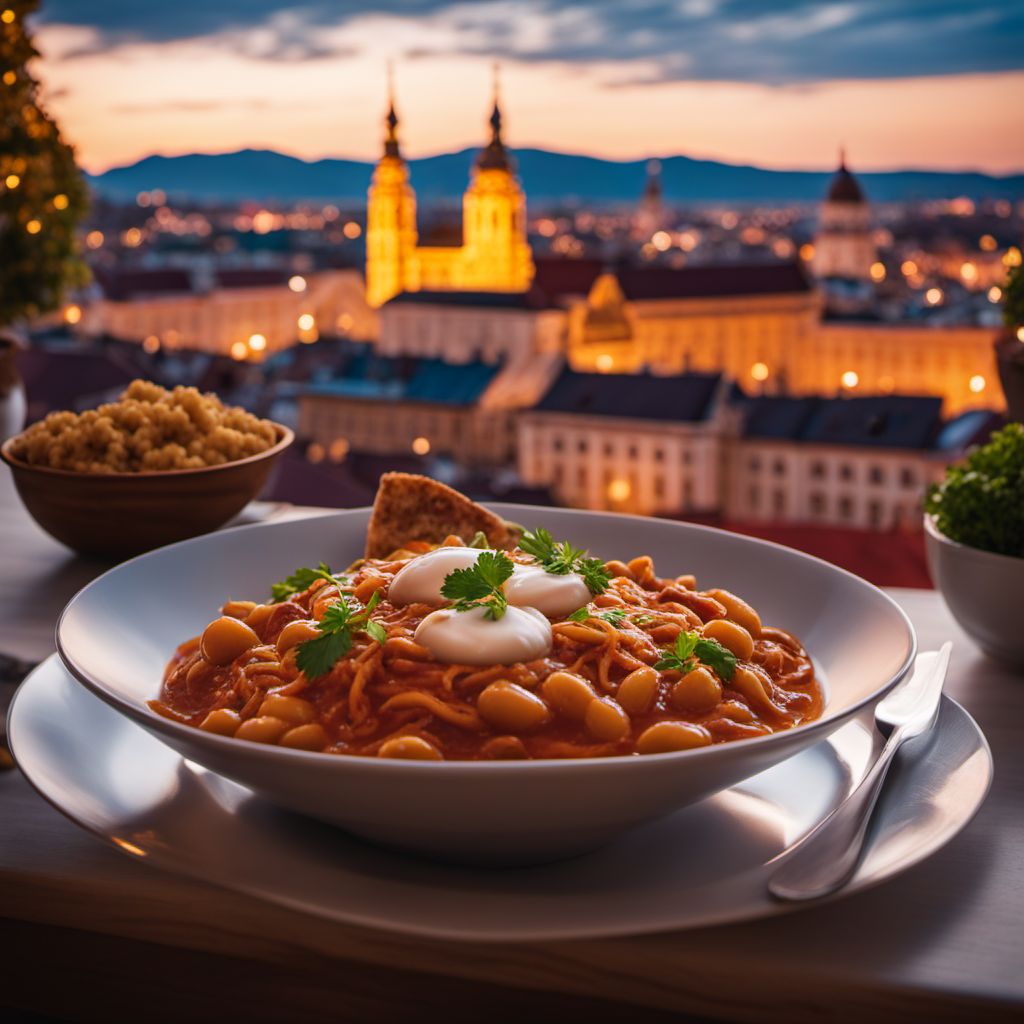
Cuisine
Slovak cuisine
Slovak cuisine is a reflection of the country's history and geography. It is characterized by its use of simple, hearty ingredients and traditional cooking methods. Meat, potatoes, and cabbage are staples in many dishes, and soups and stews are popular. Slovak cuisine has been influenced by neighboring countries such as Hungary, Austria, and the Czech Republic, as well as historical events like World War II and the communist era. Despite these influences, Slovak cuisine has maintained its unique identity and is beloved by many.
Typical ingredients
Potatoes, Cabbage, Beets, Carrots, Onions, Garlic, Pork, Beef, Chicken, Kielbasa, Sauerkraut, Mushrooms, Dill
Presentation and garnishing
Slovak dishes are often served in large portions and are meant to be filling and satisfying. They are often garnished with fresh herbs like dill and parsley, and sour cream is a common topping. Presentation is not as important as flavor and comfort.
Slovak cuisine includes many traditional dishes such as bryndzove halusky (potato dumplings with sheep cheese), which is considered the national dish of Slovakia. Another popular dish is kapustnica, a sauerkraut soup with sausage and potatoes. Slovak cuisine also includes a variety of meat dishes, such as goulash and schnitzel.
More cuisines from this region...
Hungarian cuisine, Polish cuisine, Swiss cuisine, Slovenian cuisine, Austrian cuisine, Czech cuisine, Liechtensteiner cuisine
History
Slovak cuisine has a long and rich history, dating back to the Middle Ages. It has been shaped by the country's geography, with its cold climate and fertile soil. The cuisine has also been influenced by neighboring countries, including Hungary, Austria, and the Czech Republic. During World War II and the communist era, food shortages and rationing led to the development of new dishes and creative ways of using available ingredients. Today, Slovak cuisine is celebrated for its hearty and comforting dishes, as well as its rich history and cultural significance.
Cultural significance
Slovak cuisine is an important part of the country's cultural heritage. Many traditional dishes are associated with holidays and special occasions, and are passed down through generations. Food is also an important part of social gatherings and family life. Slovak cuisine has also gained popularity around the world, with Slovak restaurants and food festivals popping up in many countries.
Health benefits and considerations
Slovak cuisine can be high in calories and fat, so it is important to enjoy it in moderation. However, many traditional dishes are also rich in nutrients like protein, fiber, and vitamins. Cabbage, for example, is a good source of vitamin C and fiber. Slovak cuisine also emphasizes the use of fresh, whole ingredients.
Slovak cuisine dishes Browse all »

Zemiakové placky
Zemiakové placky are a traditional Slovakian dish that are similar to potato pancakes. They are typically made by grating potatoes and mixing them with flour, eggs, and spices,...

Vinski zos
Wine sauce
Vinski zos is a traditional Croatian dish that is typically served as a main course. It is a type of stew that is made with a combination of beef, vegetables, and red wine, and...

Hrachová polévka
Pea soup
Hrachová polévka is a traditional Czech soup made with peas and smoked meat. It is a hearty and flavorful soup that is perfect for cold winter nights.

Slivova juha
Plum soup
Slivova juha is a traditional Slovakian soup made from plums and served as a dessert.

Bratislavský rožok
Bratislava crescent
Bratislavský rožok is a traditional Slovak pastry that is filled with a sweet poppy seed filling.
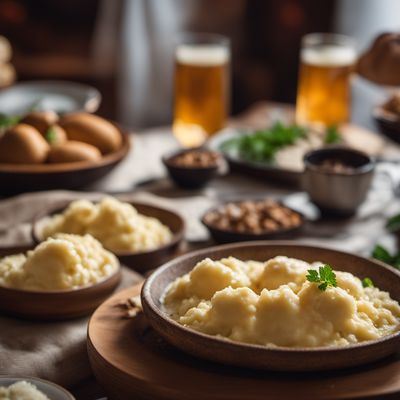
Strapačky
Strapačky is a traditional Slovak dish made of potato dumplings and sheep cheese. It is a hearty and filling meal that is perfect for cold winter days.

Lomnicke suchary
Lomnicke Suchary
Lomnicke suchary is a traditional Slovak hard bread made with rye flour and caraway seeds. It is a popular snack in the region of Lomnica, where it is often served with cheese and beer.

Lokše
Lokše is a traditional Slovak dish that is typically served as a side dish or snack. It is a type of potato pancake that is made with grated potatoes, flour, and salt. The...
Slovak cuisine recipes Browse all »
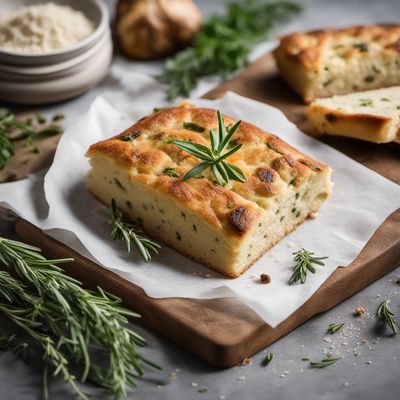
Slovak-style Focaccia with Herbs and Cheese
Savory Slovak Focaccia: A Delightful Twist on a Classic Italian Bread

Bratislava Crescent Rolls
Slovak Delight: Bratislava Crescent Rolls

Slovak-style Spicy Stuffed Peppers
Fiery Delight: Slovak-inspired Spicy Stuffed Peppers

Slovakian Corn Pudding
Creamy Corn Delight: A Taste of Slovakia

Lokše with Potato and Cheese Filling
Savory Slovak Delight: Lokše Stuffed with Creamy Potato and Cheese

Zesty Potato Pancakes
Slovak Delight: Zesty Potato Pancakes with a Twist

Slovak-style Sweet and Savory Black Beans
Hearty Slovak Black Beans: A Fusion of Sweet and Savory Flavors
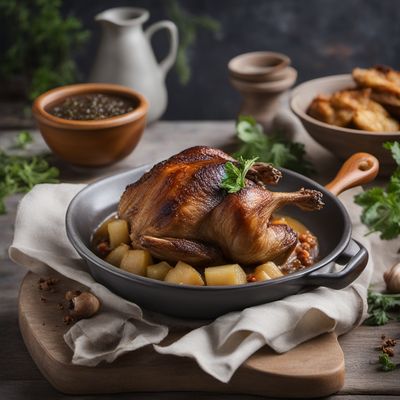
Slovak-style Duck Confit
Savory Slovak Delight: Duck Confit with a Local Twist

Savory Potato Dumplings with Bacon and Cheese
Cheesy Bacon Halušky: A Taste of Slovak Comfort
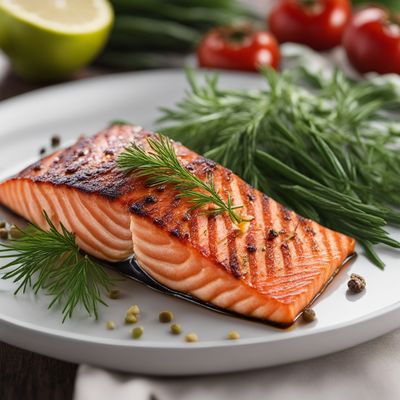
Slovak-style Grilled Salmon Strips
Grilled Salmon Delight: A Taste of Slovakia
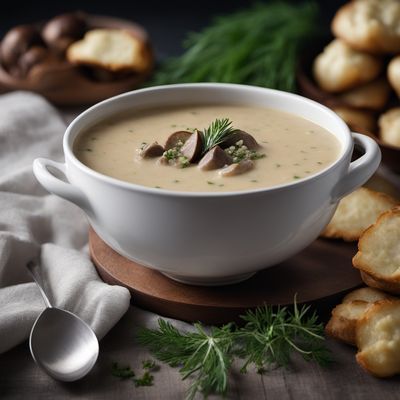
Creamy Mushroom Soup with Potato Dumplings
Savory Delight: Creamy Mushroom Soup with Fluffy Potato Dumplings
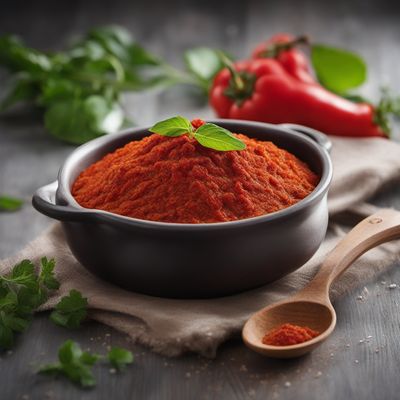
Lomnicke Suchary
Savory Slovak Biscuits: Lomnicke Suchary